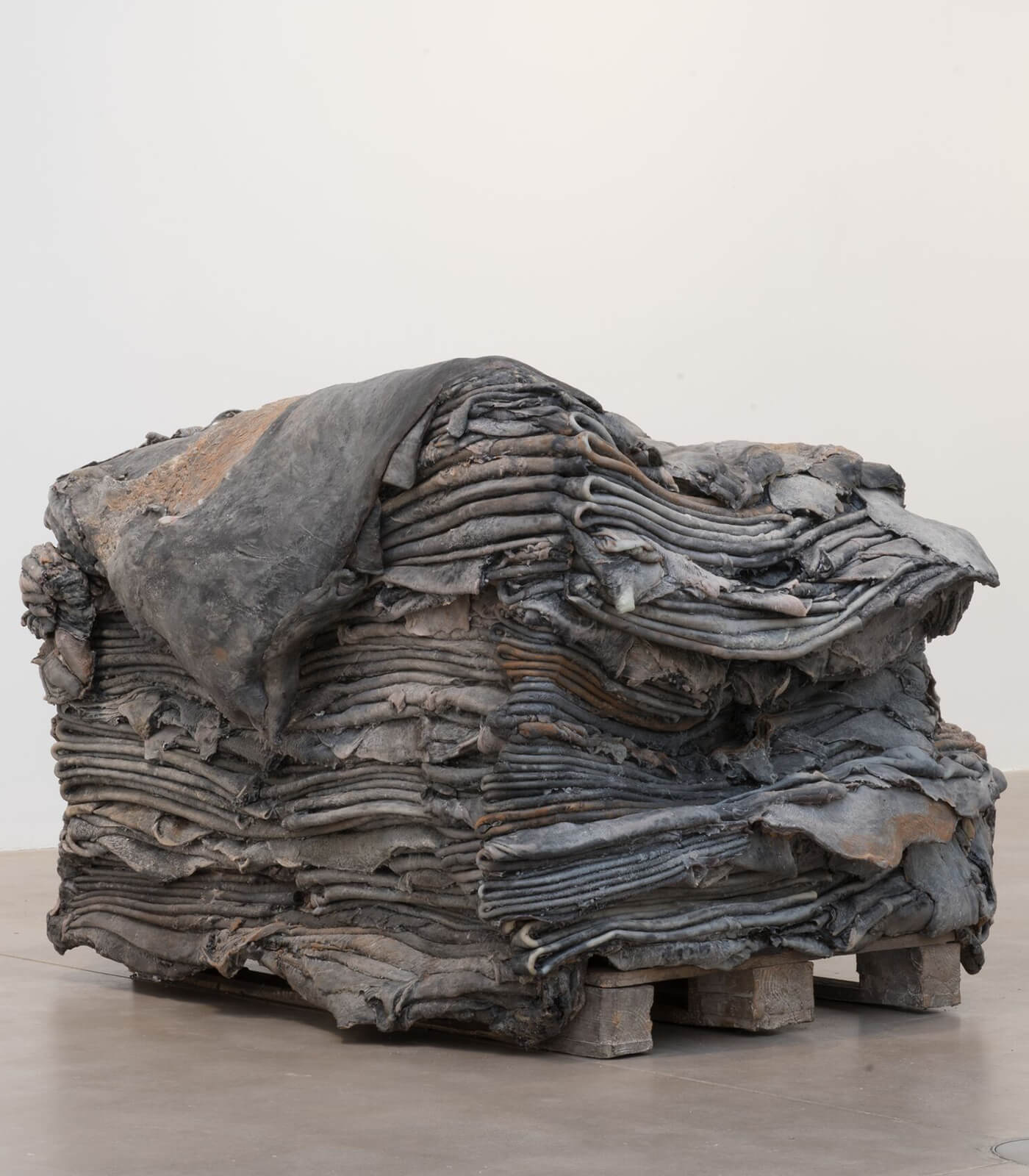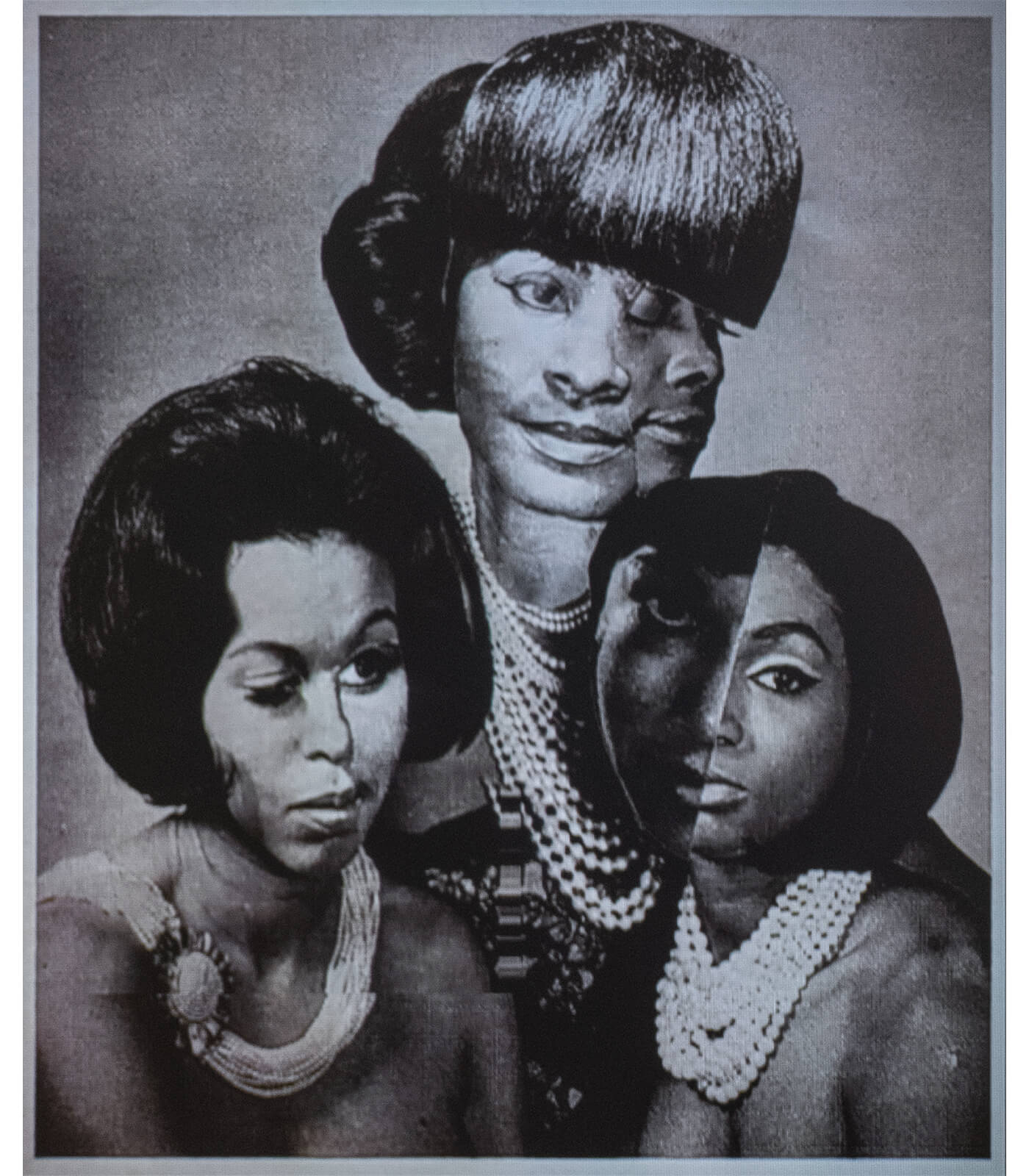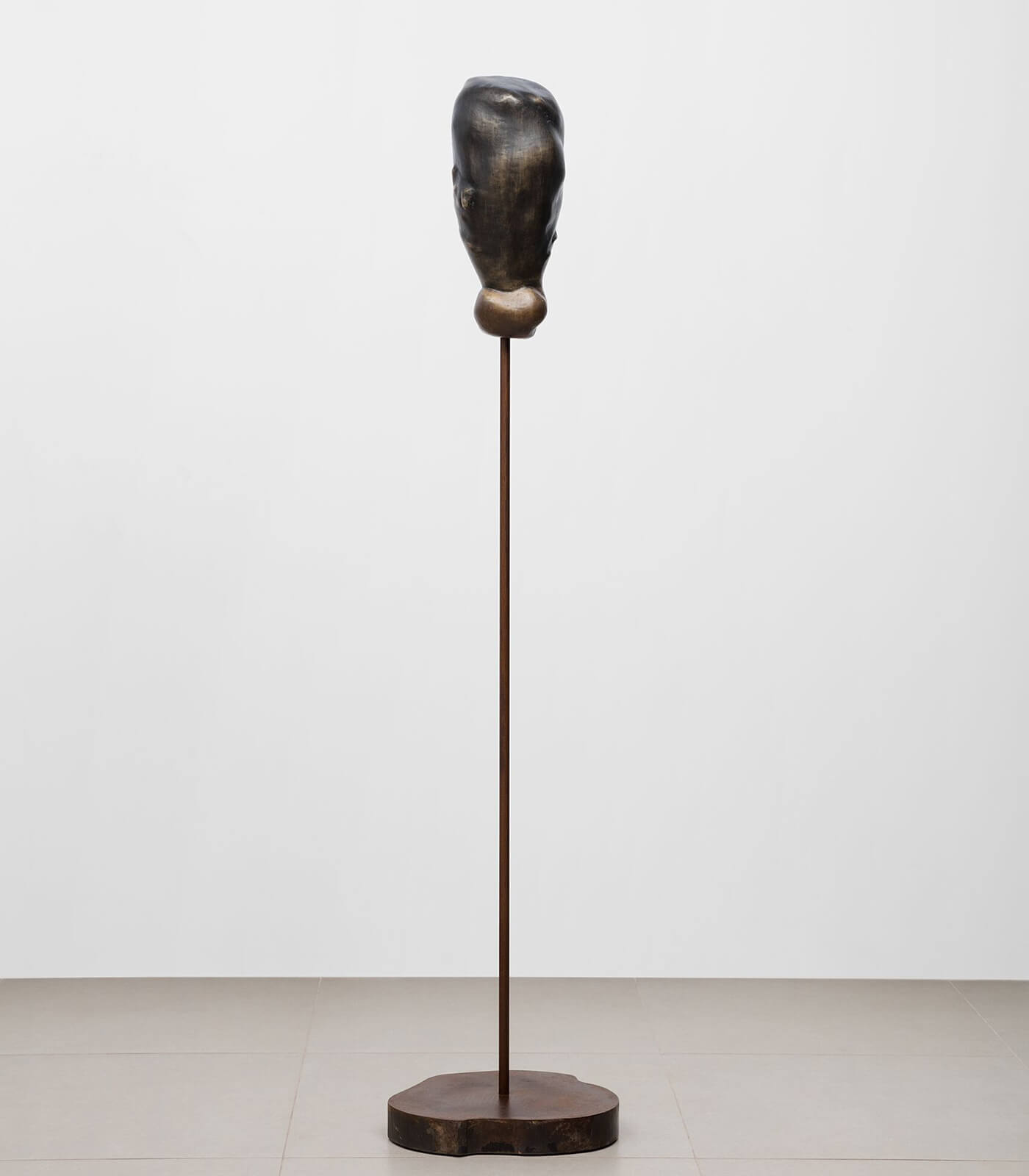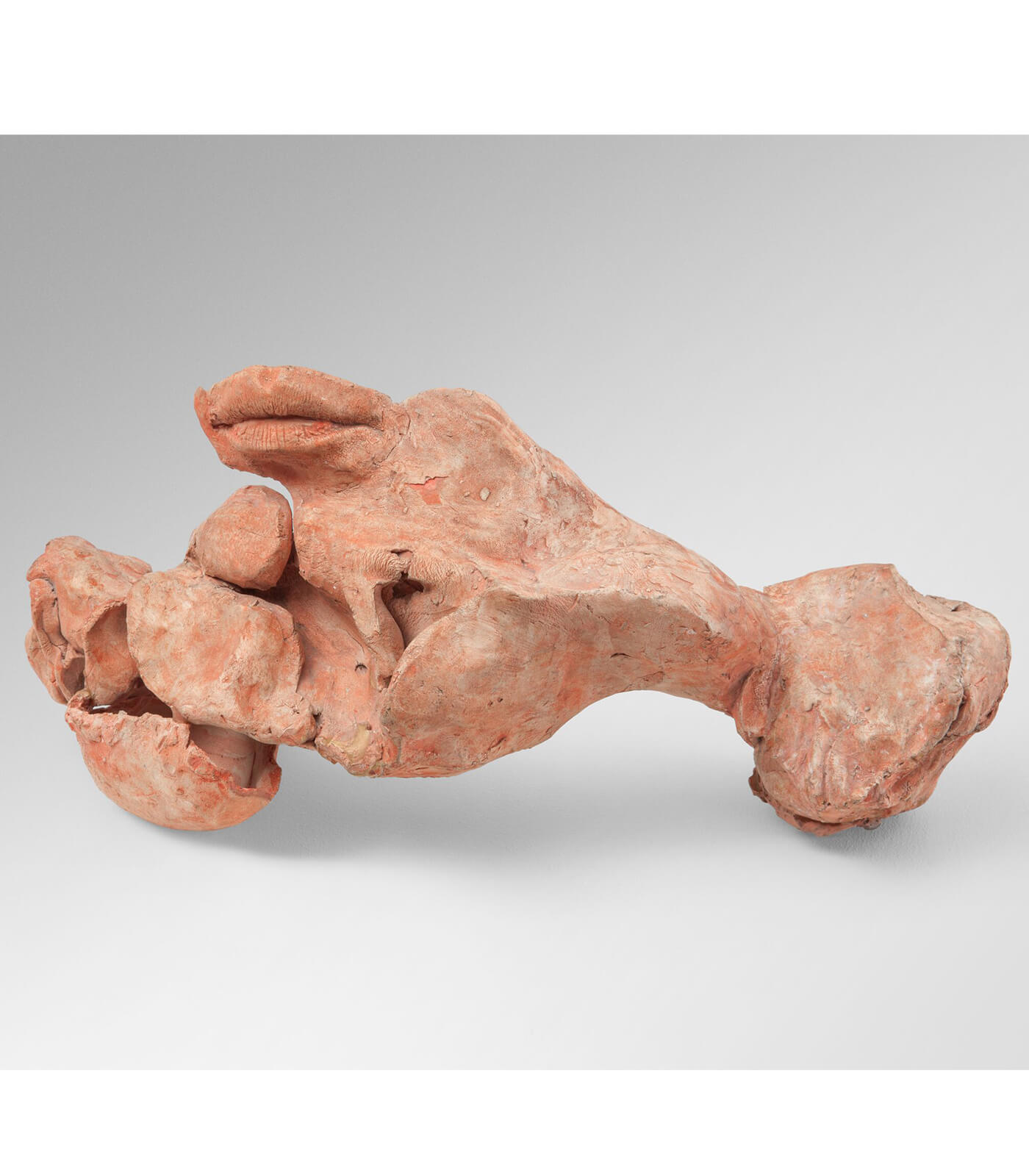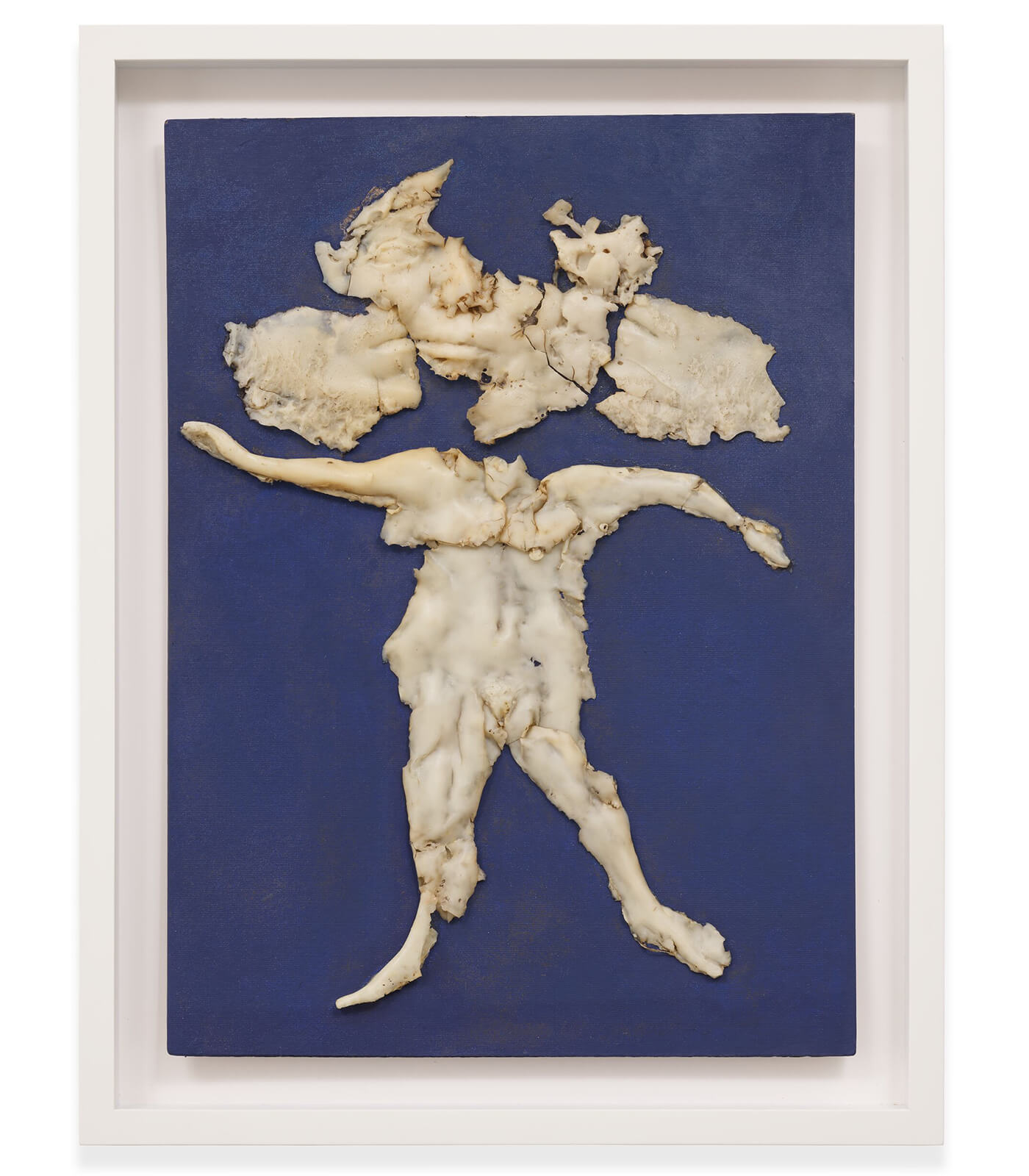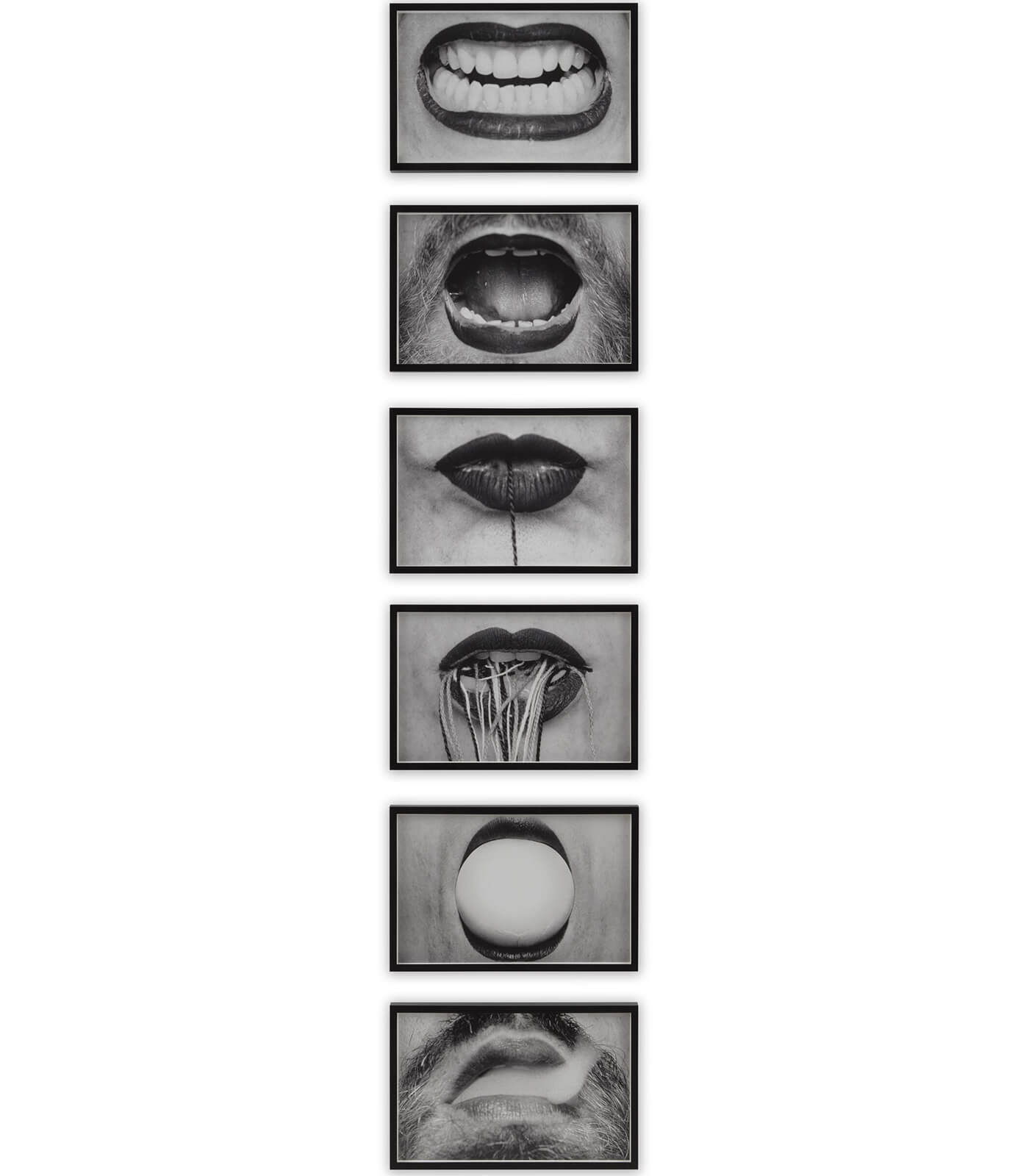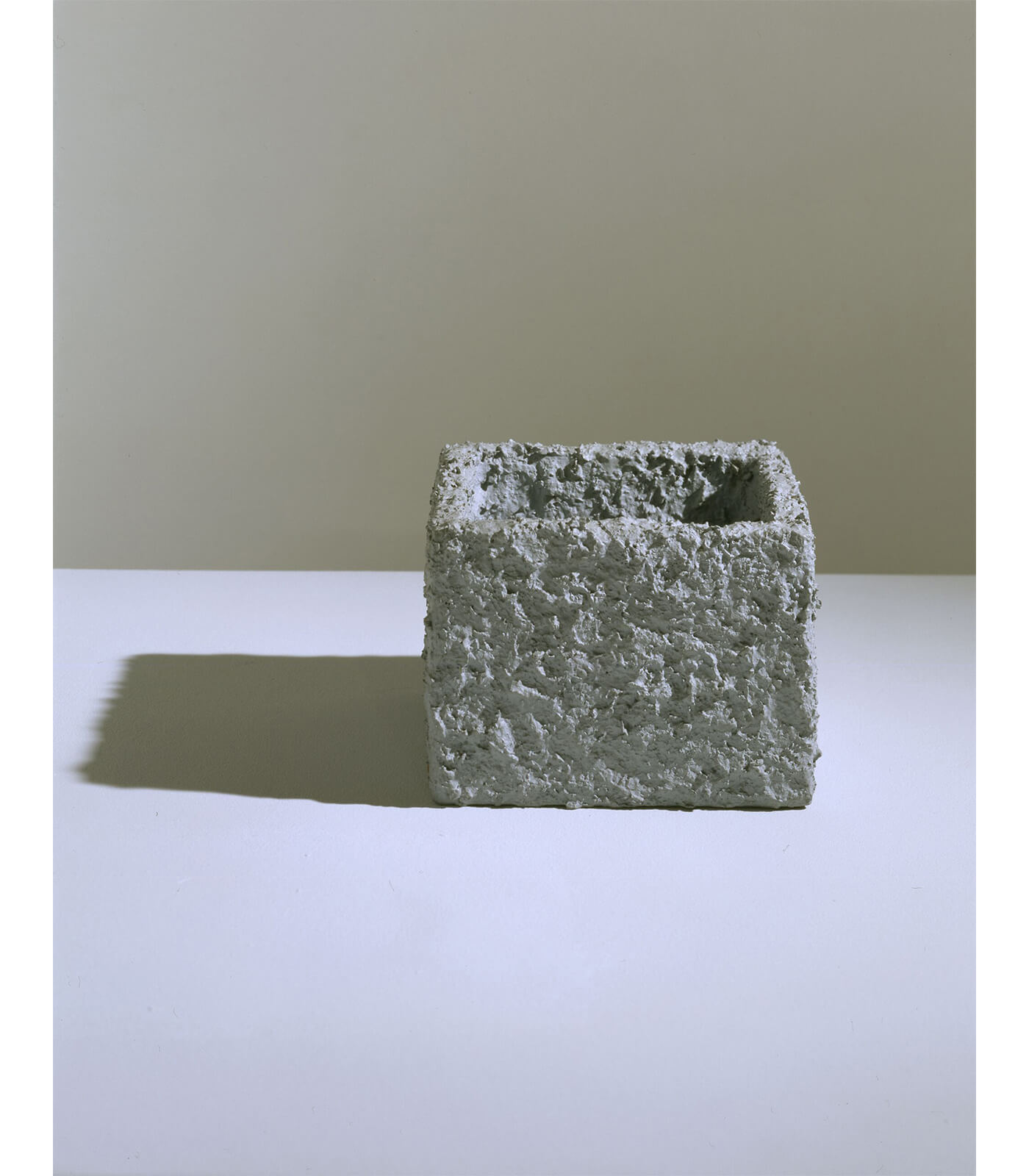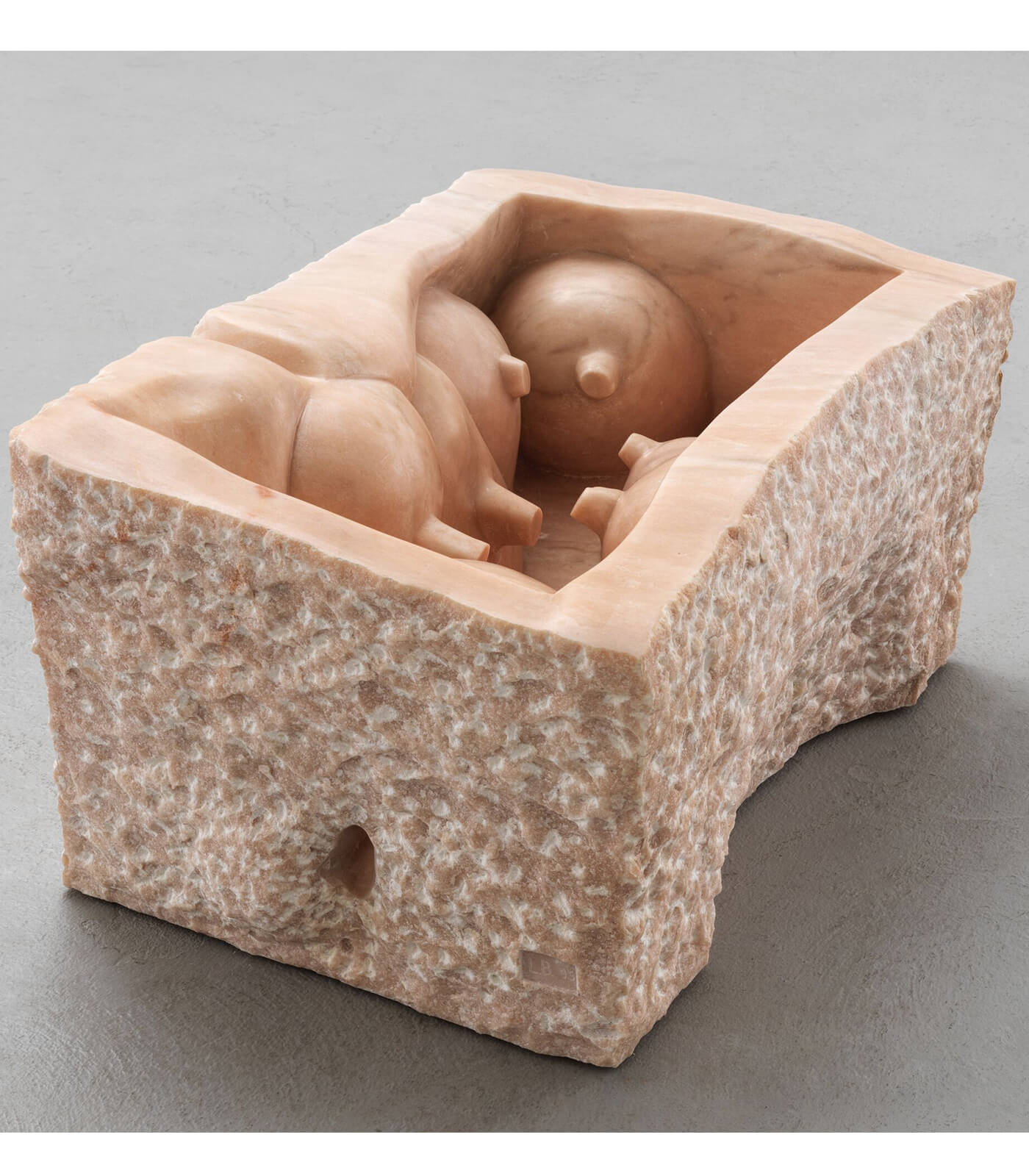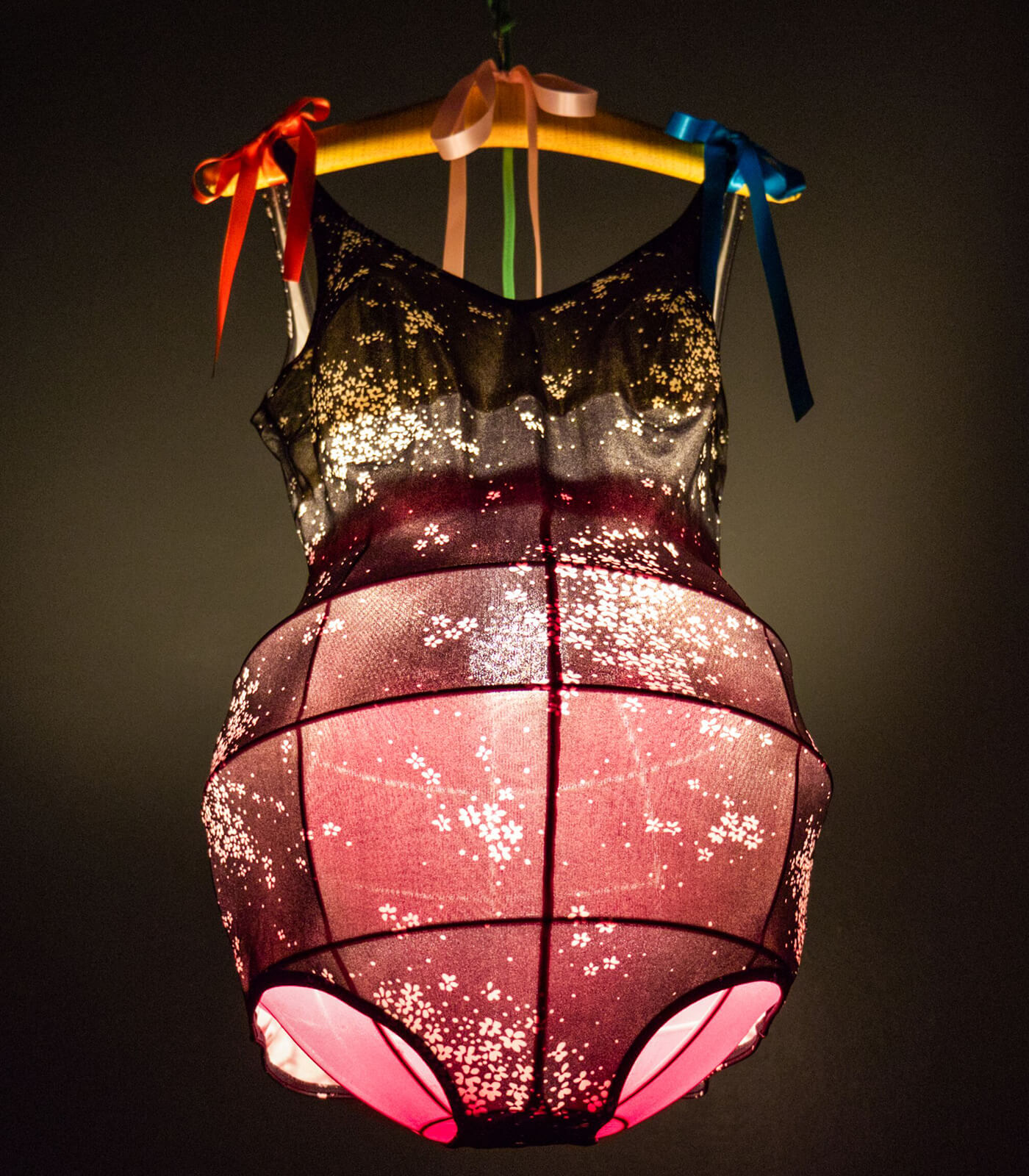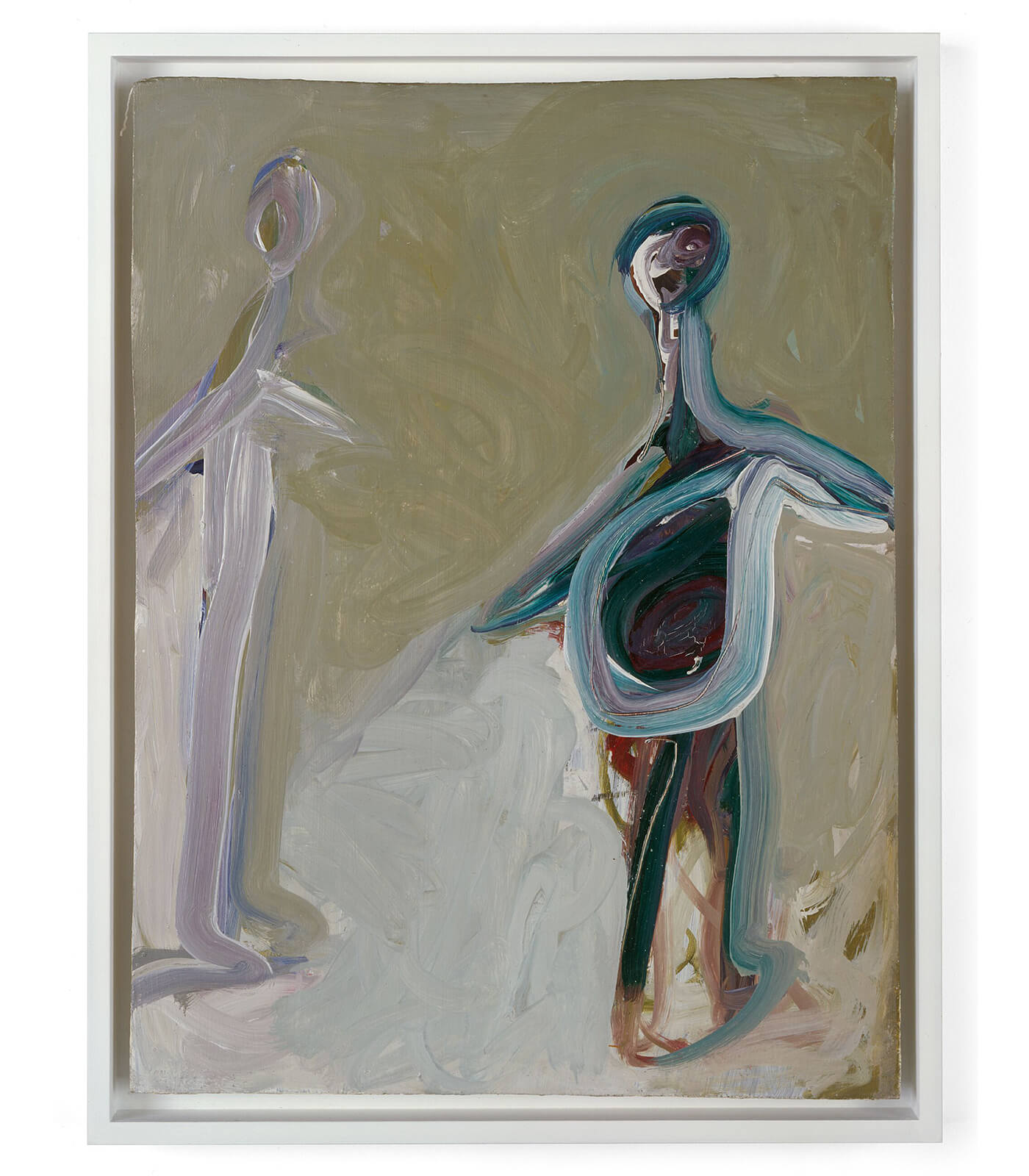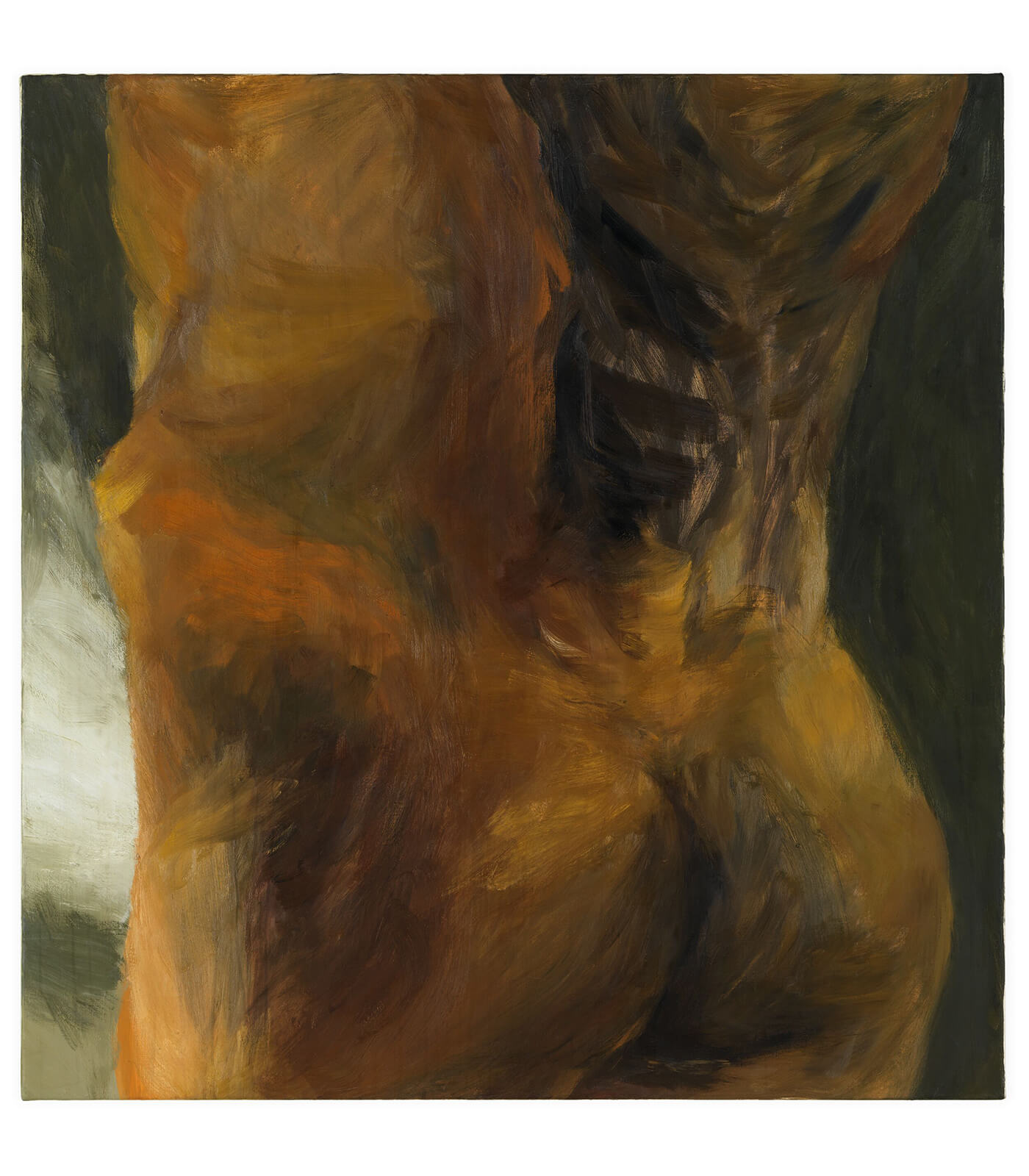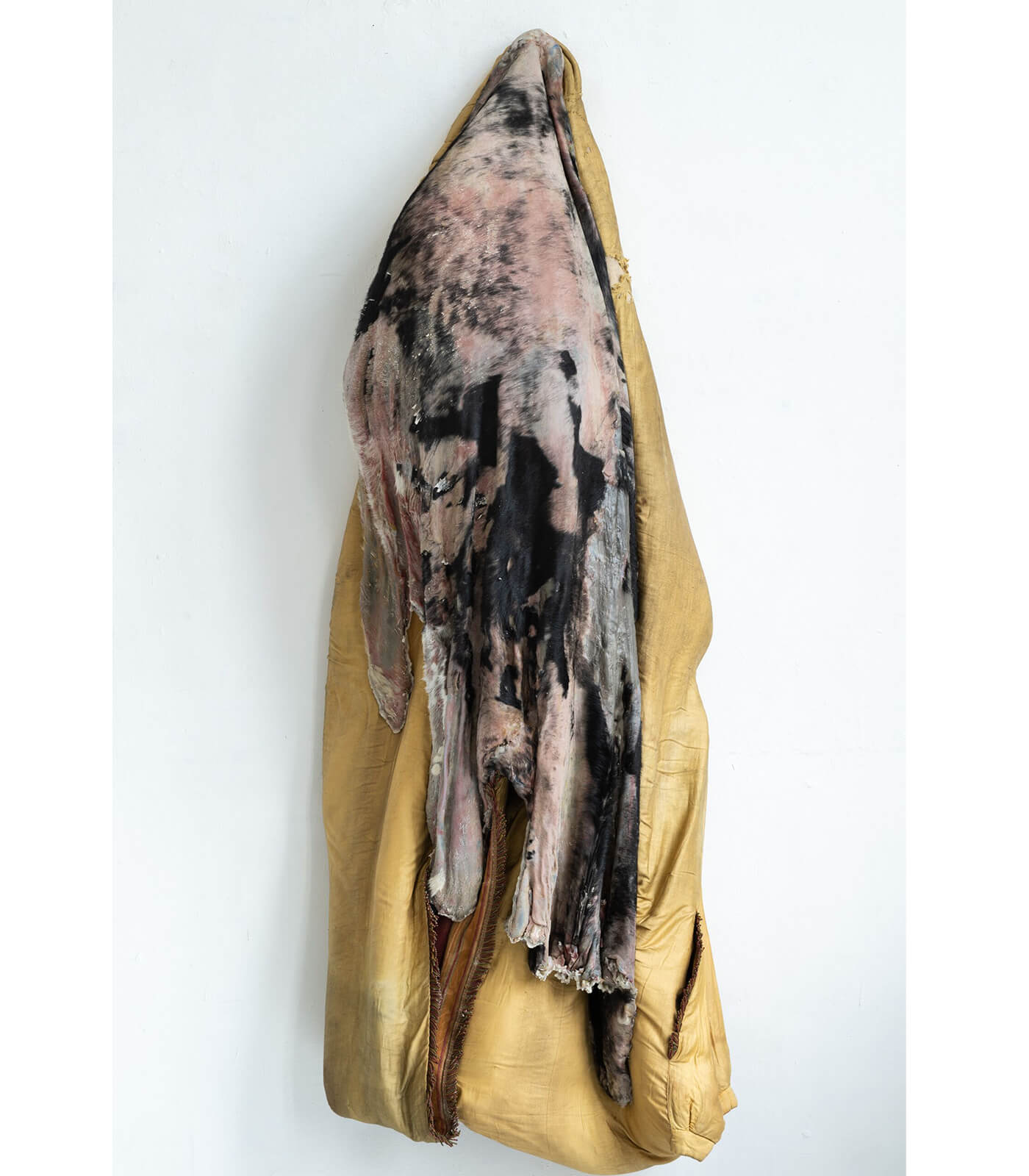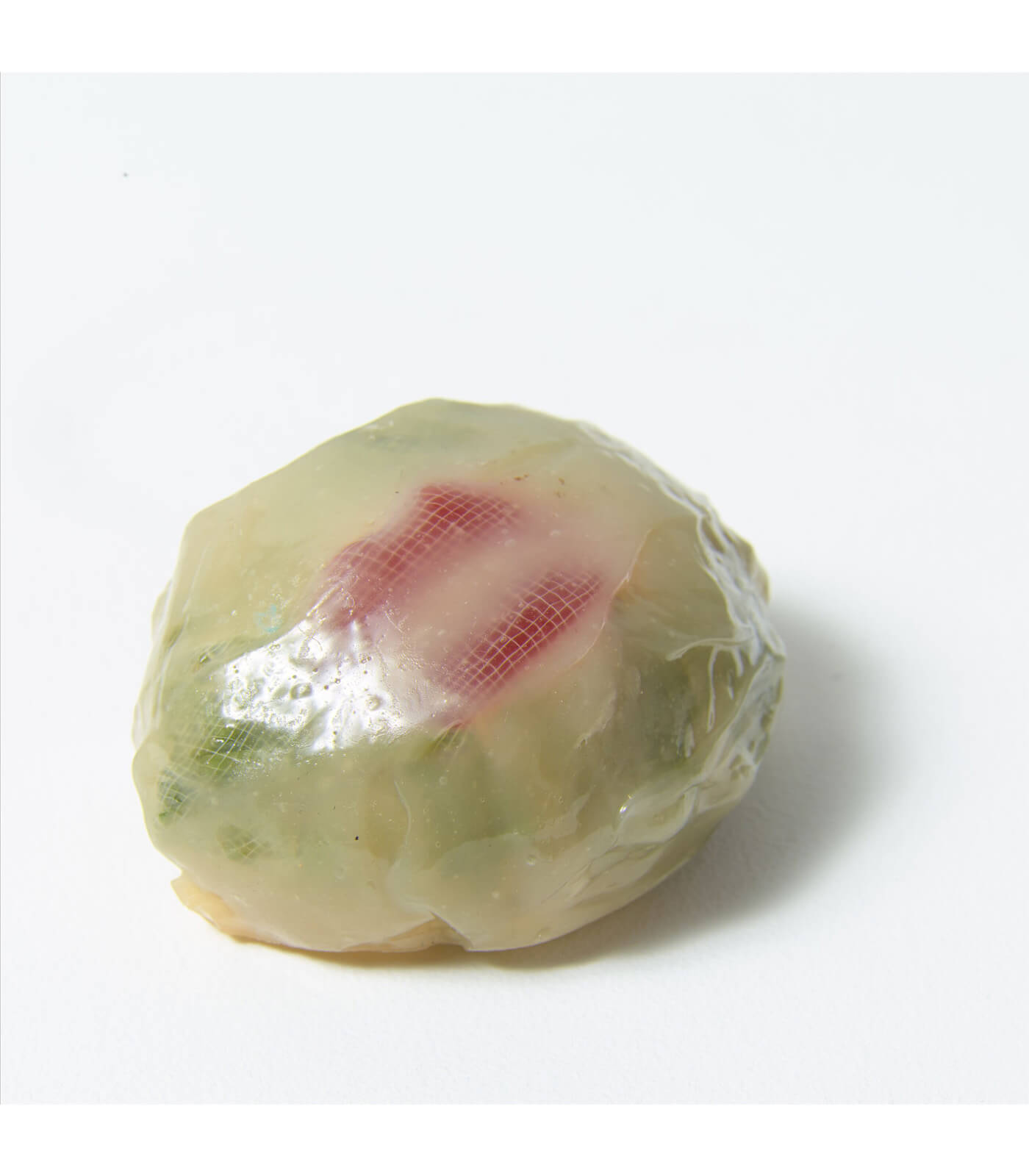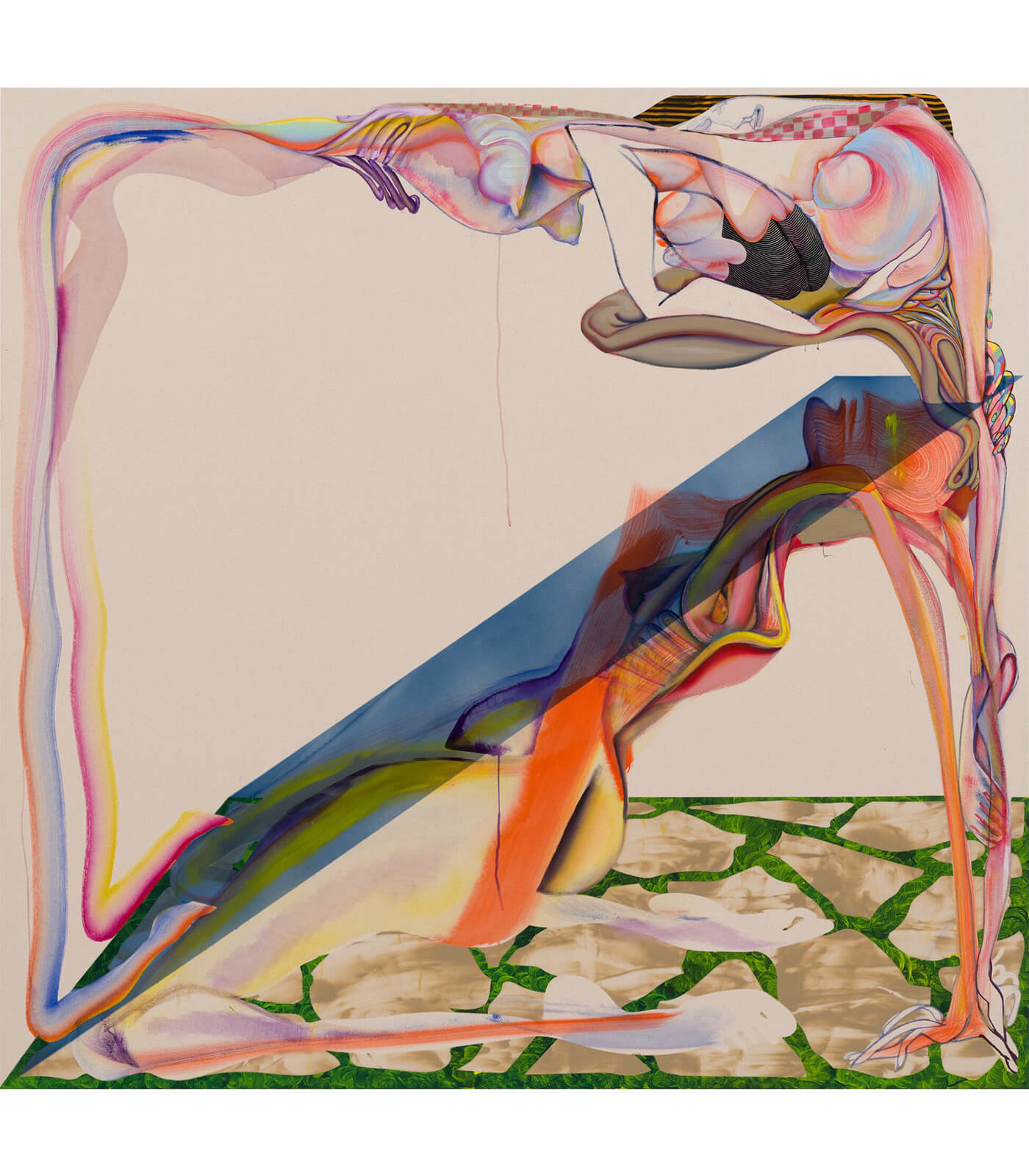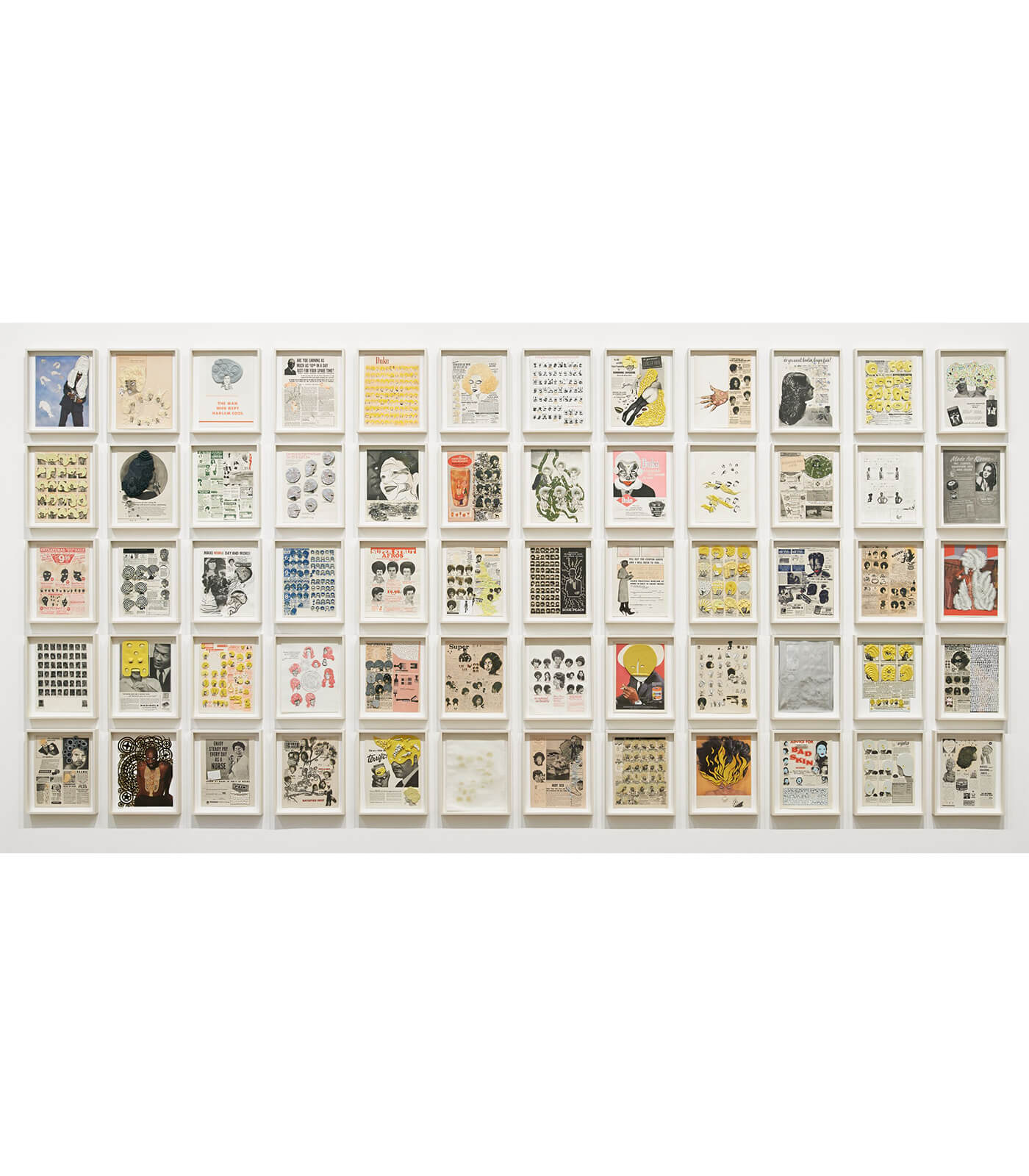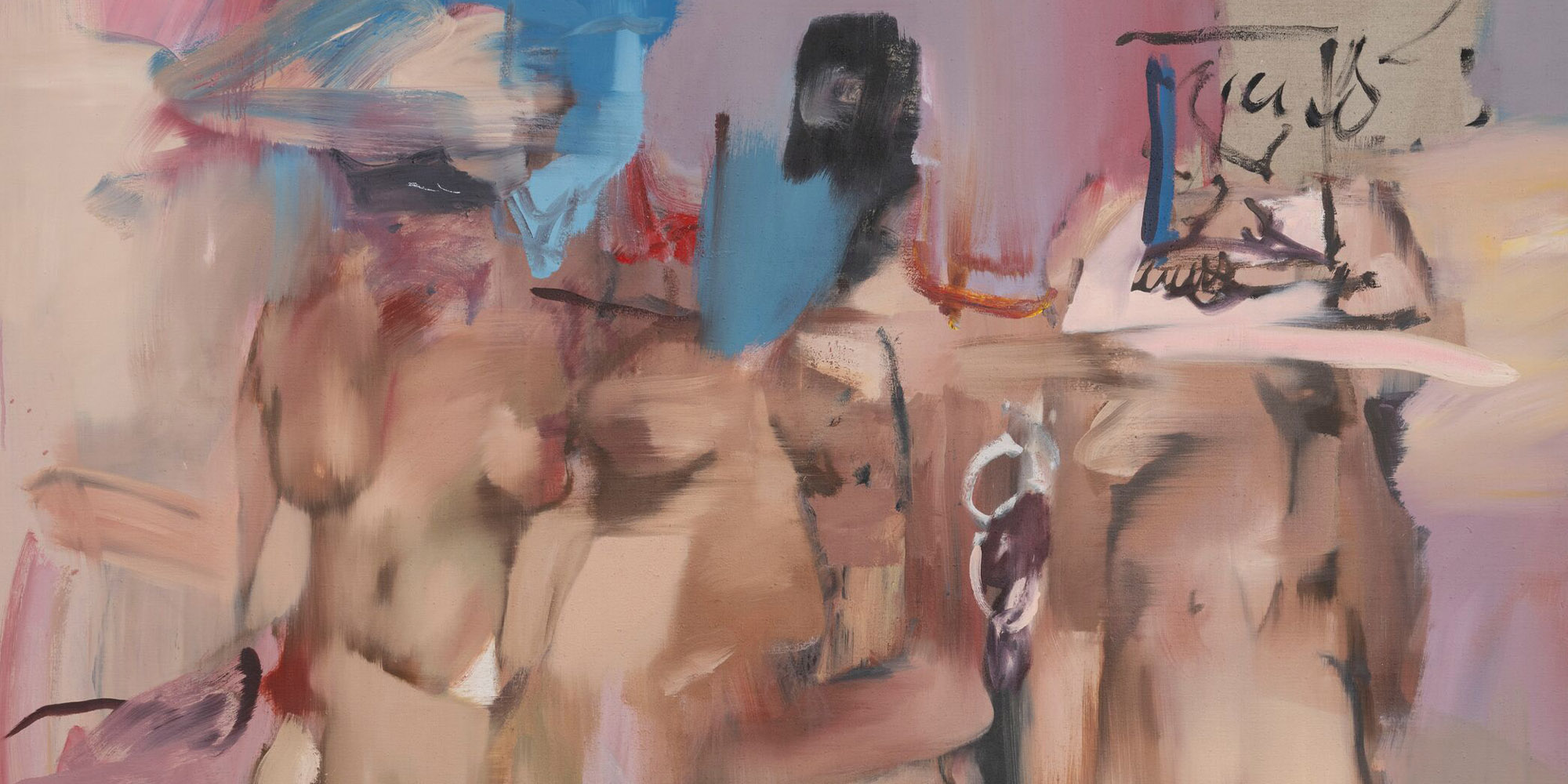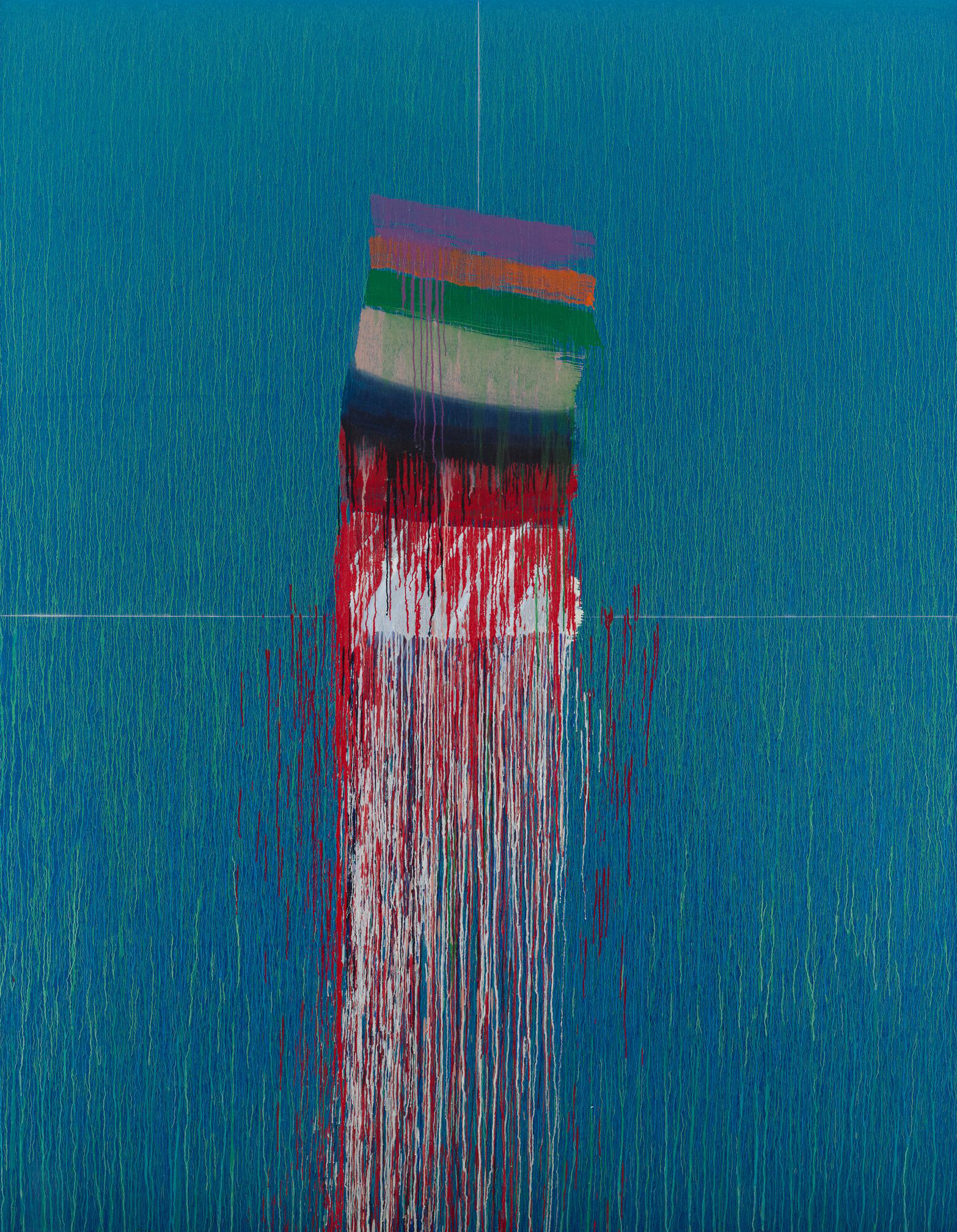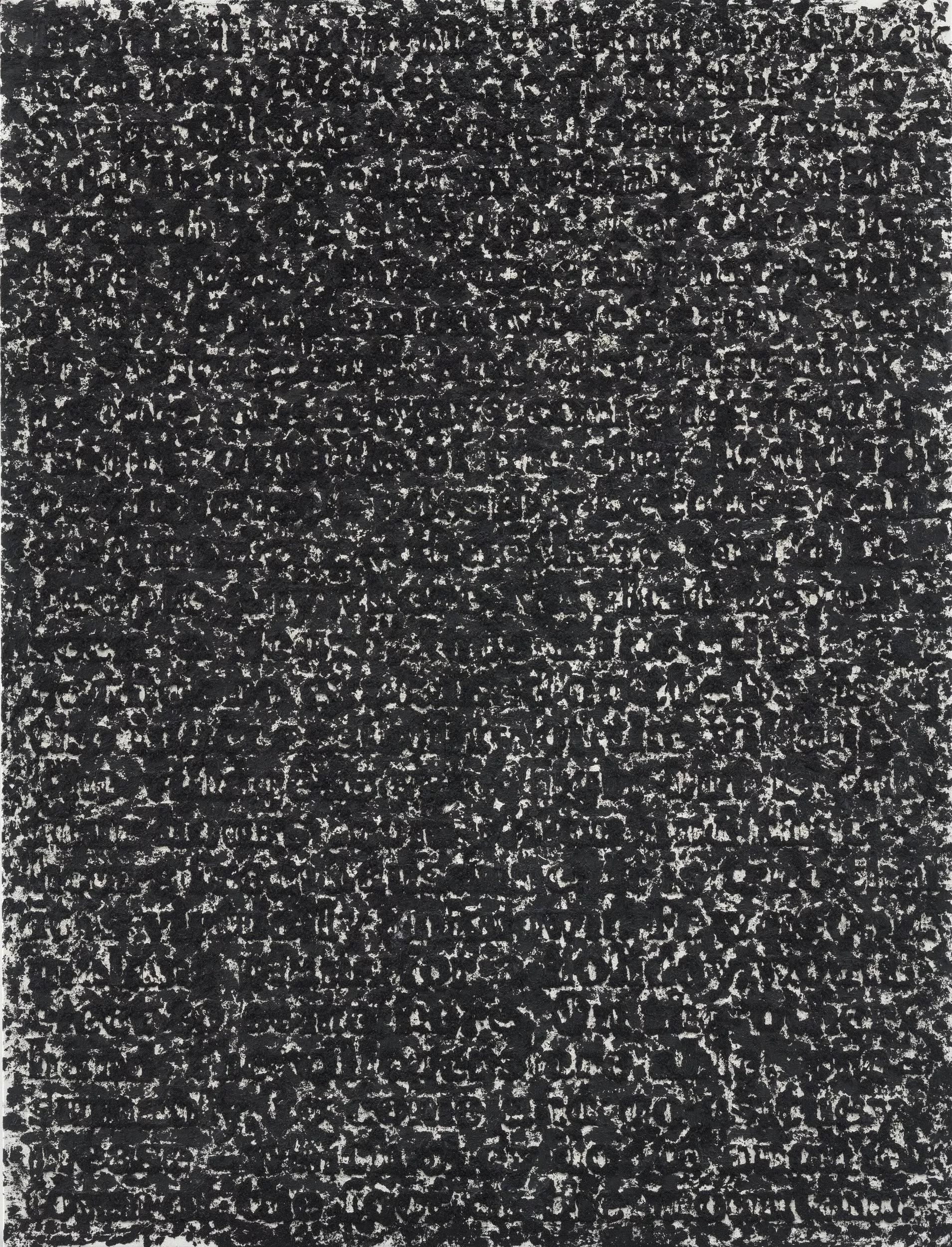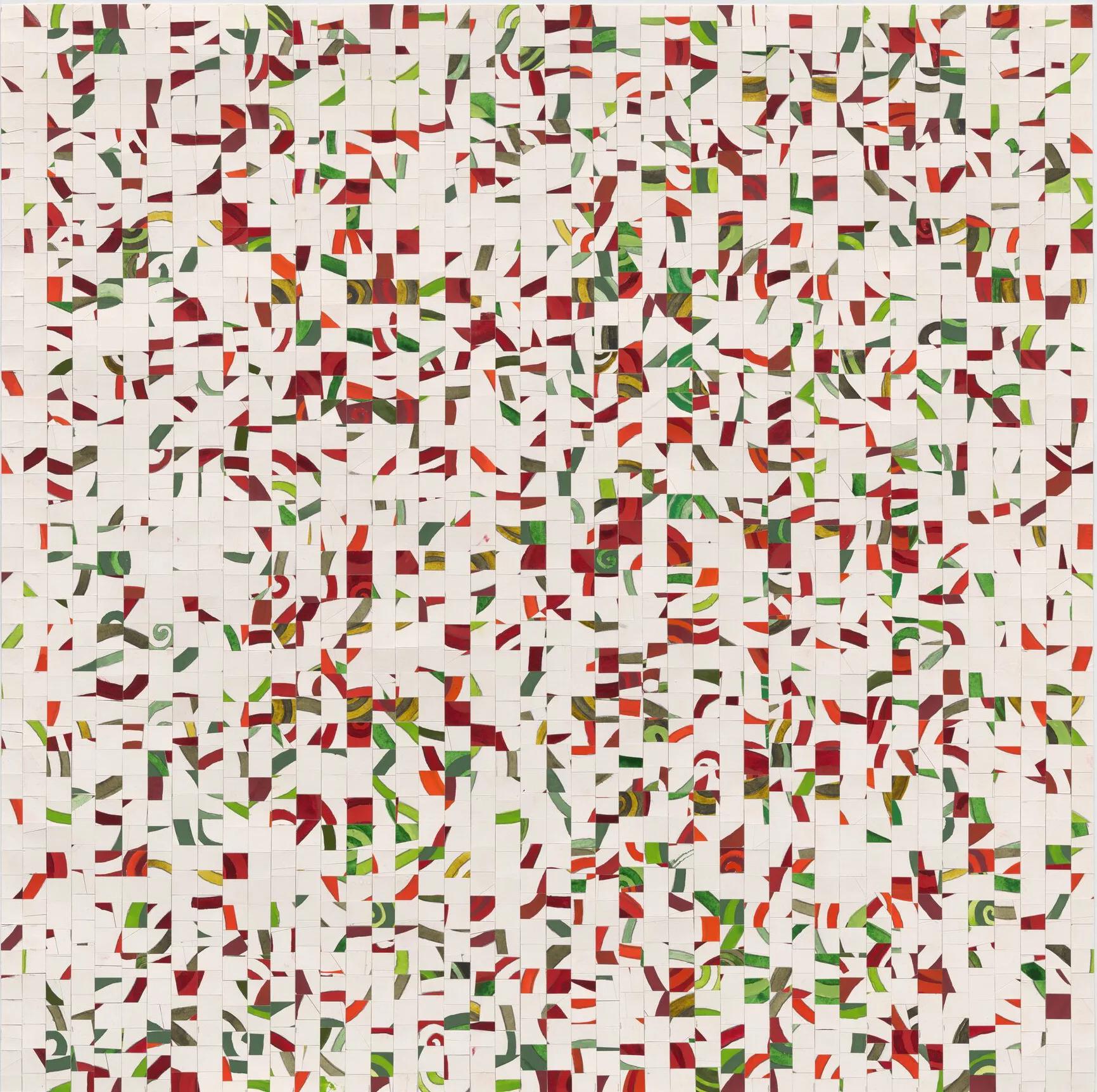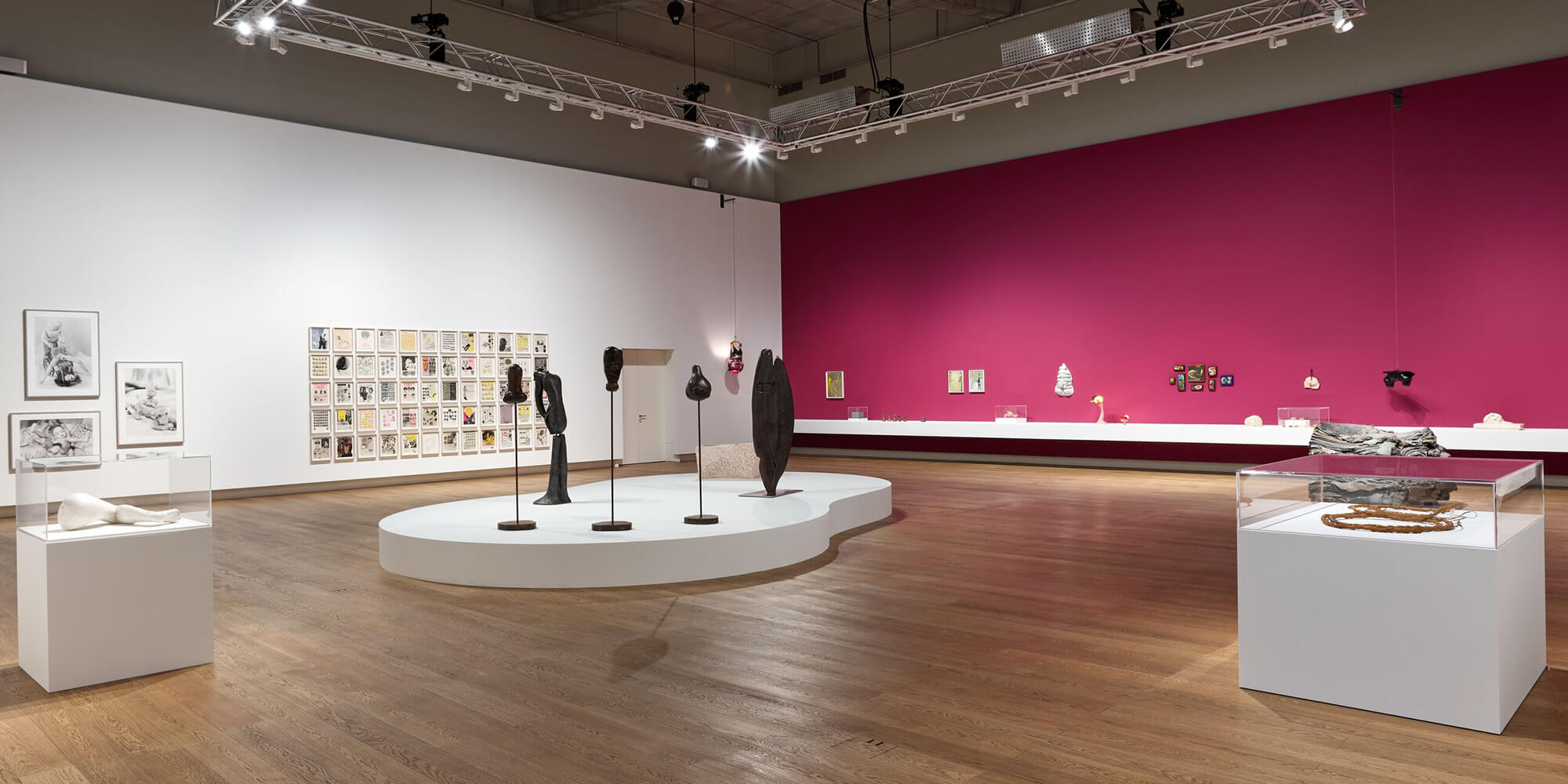
Bodily Abstractions / Fragmented Anatomies
26 January – 30 April 2022
Monaco
Bodily Abstractions / Fragmented Anatomies simultaneously addresses new concepts of previously gender-defined strength, sexuality, fragility or illness, love, violence, tenderness, and human relations.
Explore the exhibition
This exhibition focuses on artists whose work approaches the body and anatomy in complex ways through degrees of abstraction or fragmentation. In doing so, these artists subvert both the way the body has been traditionally represented in the history of art and the conventions surrounding the (classical or modern) fragment. While it highlights the work of women artists, it also includes work which challenges gender stereotyping and binary or cis-gender categories in favour of gender fluidity, often expressed through a fluidity of bodily form.
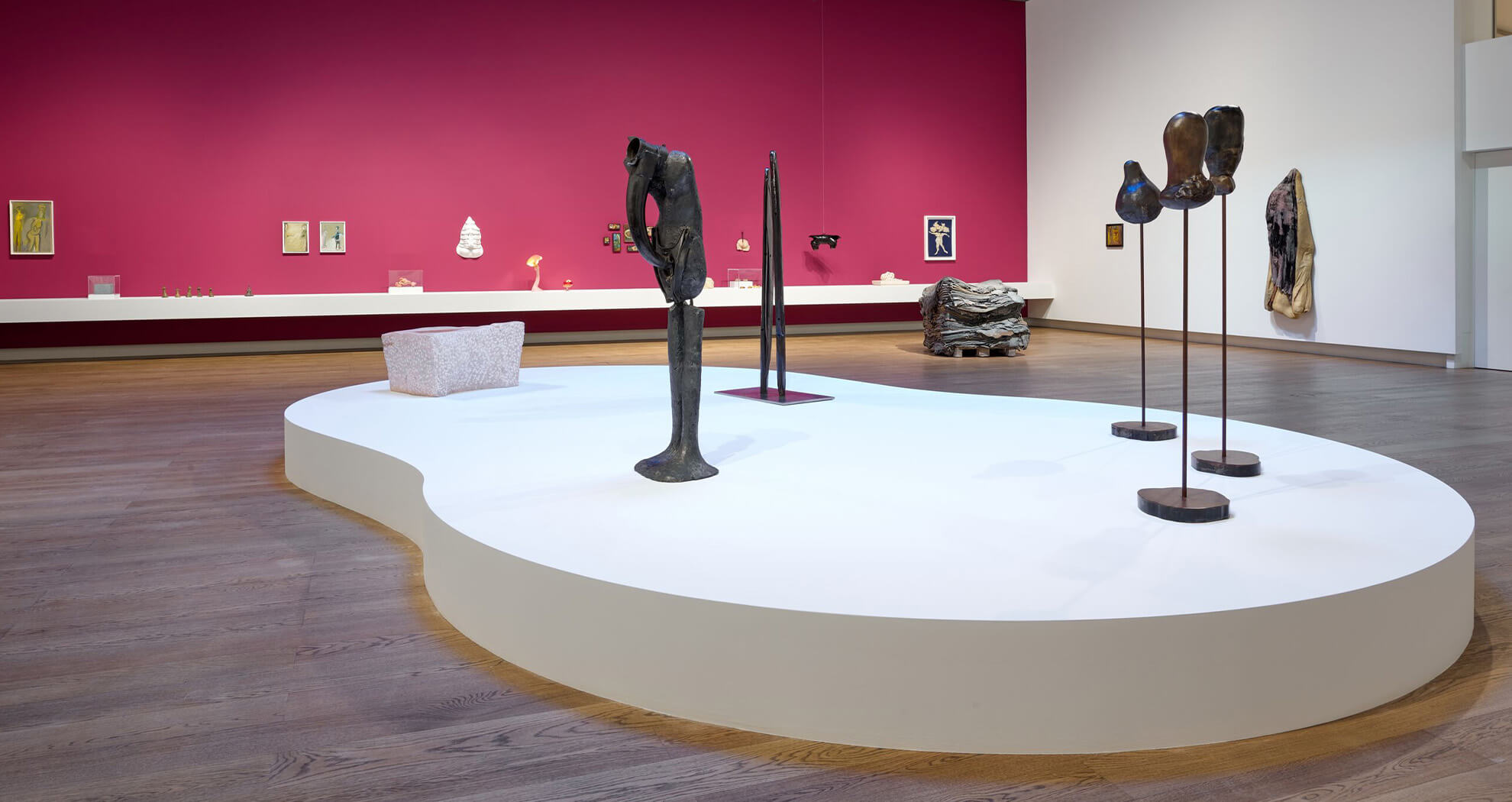
Taking its inspiration in part from Linda Nochlin’s essay ‘The Body in Pieces: The Fragment as a Metaphor of Modernity’ (1994), this exhibition will review these ideas through the work of some of the twentieth and twenty- first century’s masters:
Louise Bourgeois, Berlinde de Bruyckere, Ellen Gallagher, Eva Hesse, Maria Lassnig, Lee Lozano, Anna Maria Maiolino, Christina Quarles, Cindy Sherman, Lorna Simpson, Pipilotti Rist and Alina Szapocznikow. As Nochlin wrote in relation to the work of Louise Bourgeois and Cindy Sherman, among others, ‘the postmodern body, from the vantage-point of these artists and many others, is conceived of uniquely as the ‘body-in-pieces’: the very notion of a unified, unambiguously gendered subject is rendered suspect in their work’.
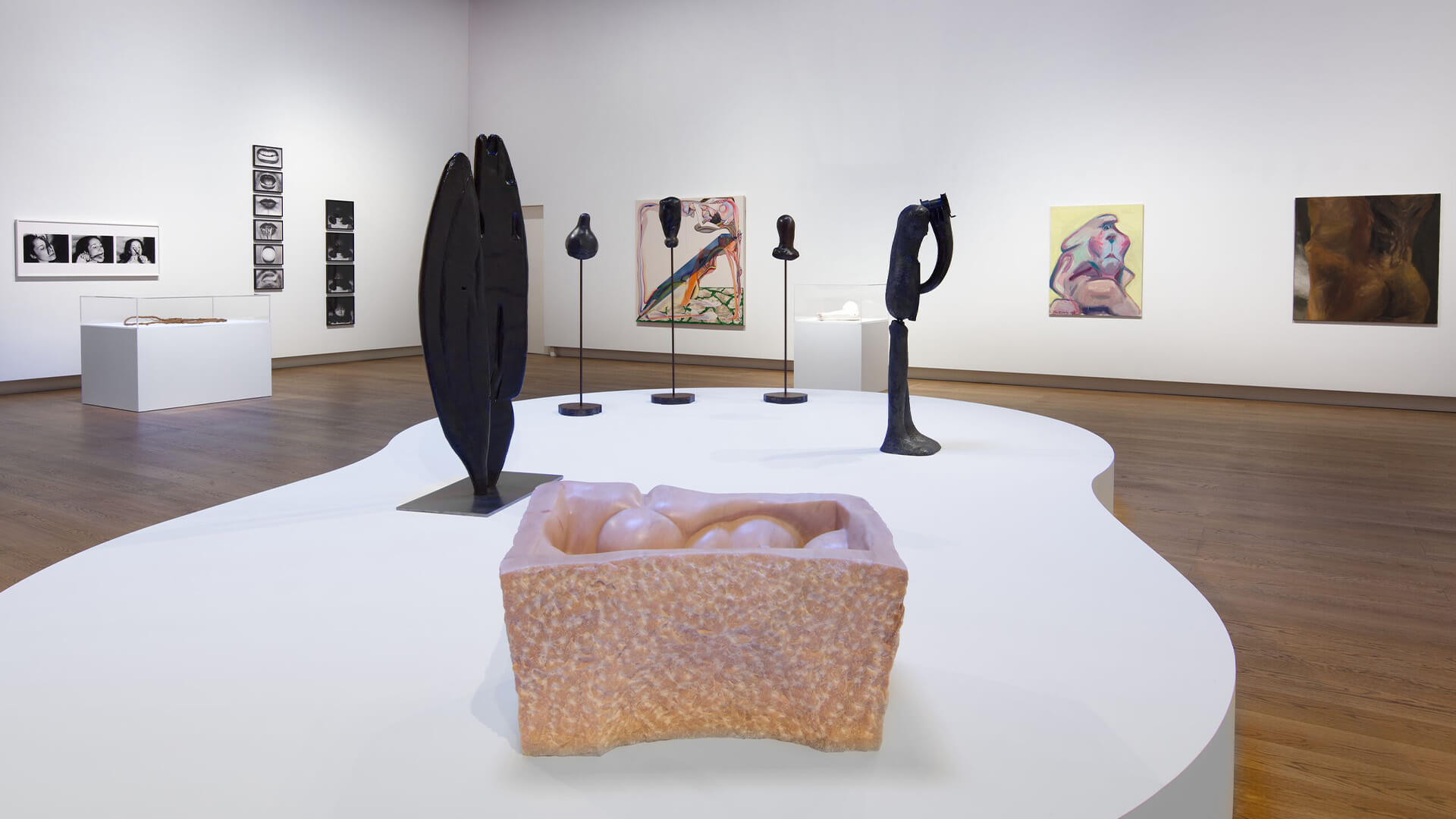
A sculpture by Louise Bourgeois, ‘Nature Study #6’ (1995), belongs to a series of bodily fragments rendered in marble. In the work, numerous smoothly carved breasts, which emphasise the maternal body with its capacity to nurture and regenerate, are contained within a roughly hewn trough or sarcophagus.
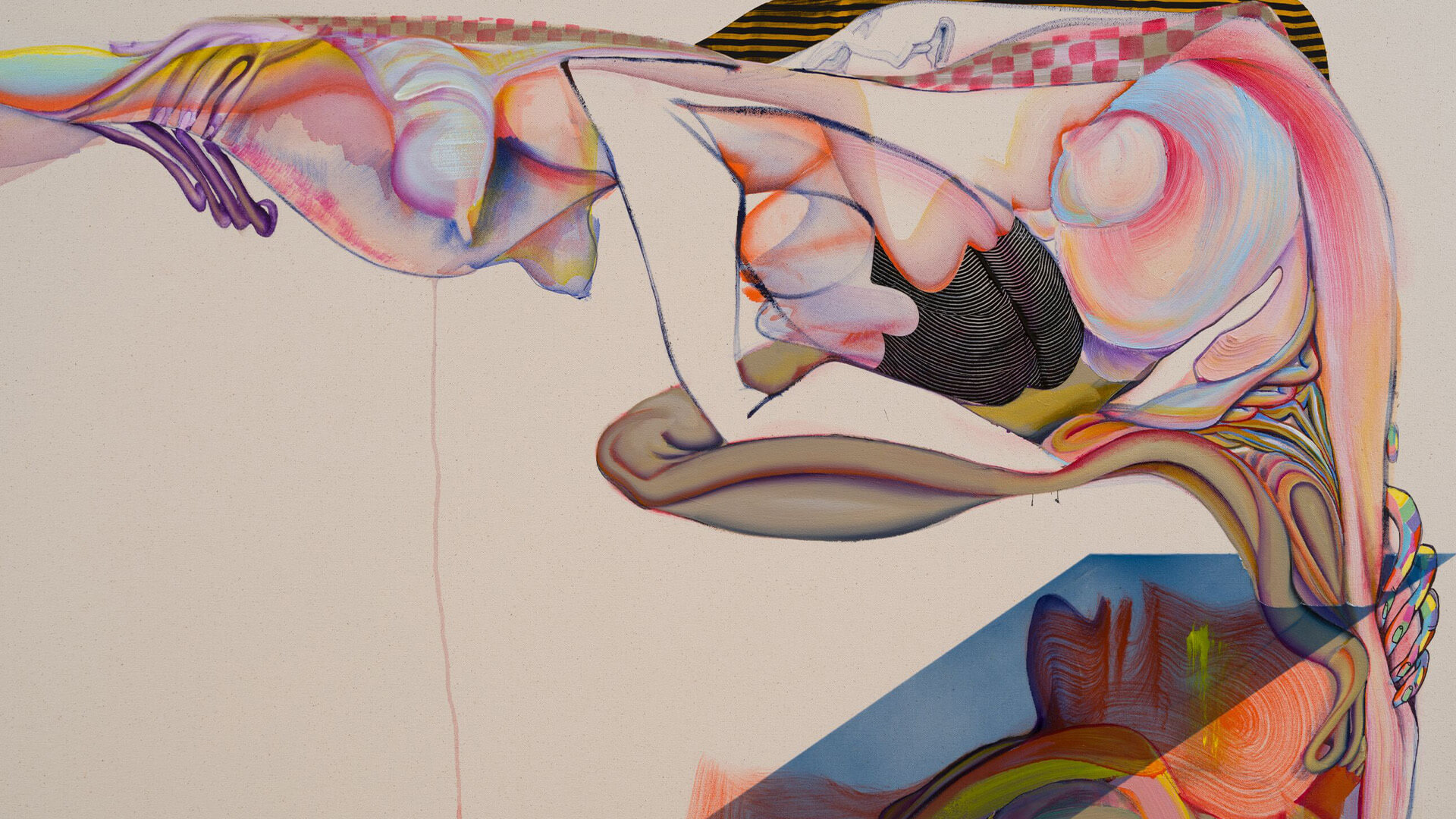
‘A Lull Gone By’ (2021) by Christina Quarles is a deliberately enigmatic, vivid painting teeming with breasts, limbs, torsos, and faces reconfigured into flowing and gender-ambiguous forms. In her work, Quarles explores the different ways in which race, gender, and sexuality contribute to the mingling and questioning of identity. Quarles’ work is juxtaposed with that of the late Austrian master Maria Lassnig, whose painting ‘Selbstportrait als Einäugige (Self Portrait as One Eyed)’ (1997) is included in the exhibition. Lassnig’s theory of ‘body awareness’ shaped a Surrealist-influenced method of communicating her mental perception of herself and her feelings through lacerating depictions of her own naked figure.
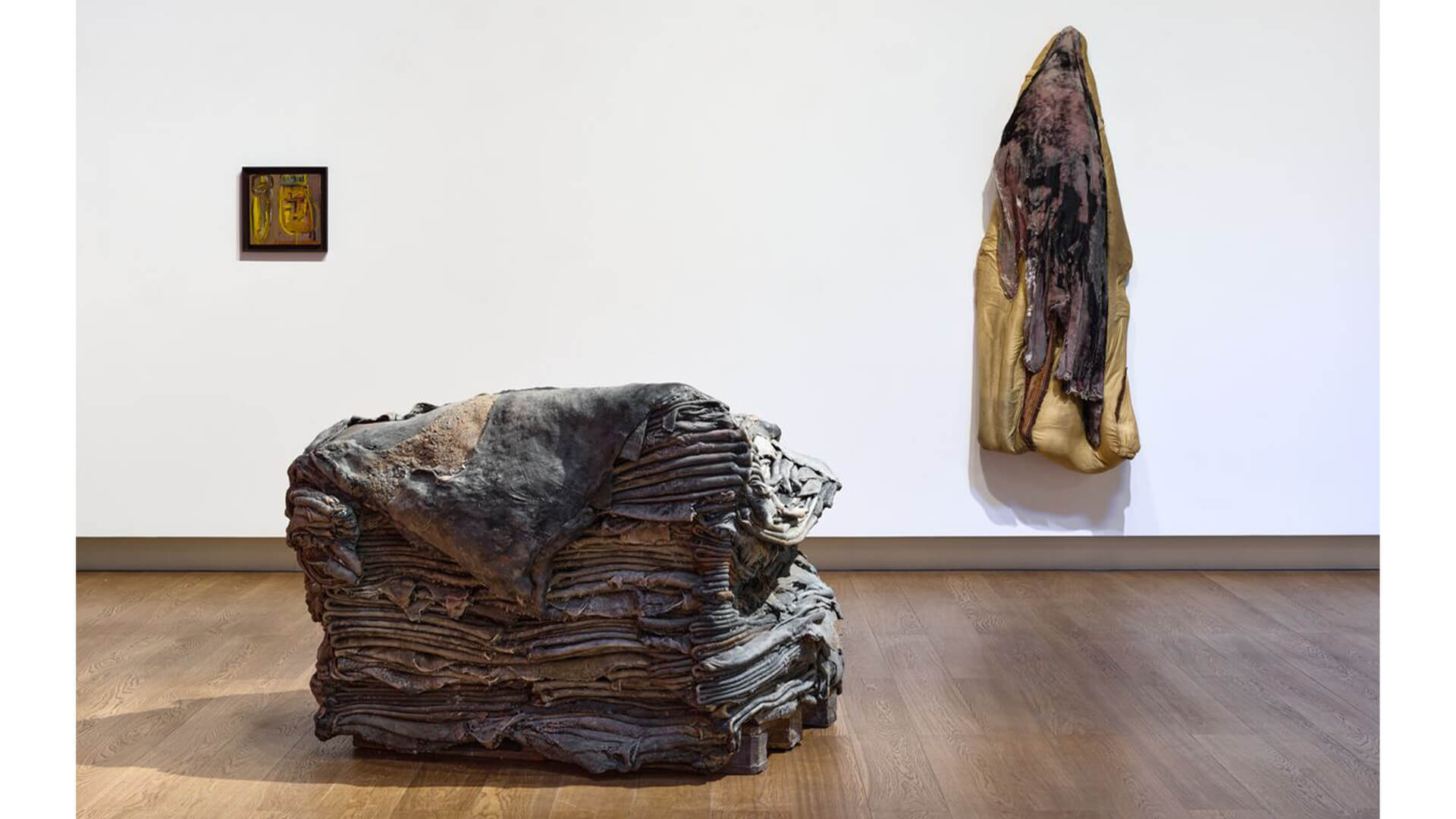
‘Bodily Abstractions / Fragmented Anatomies’ explores a variety of aesthetic approaches and techniques such as abstracting, fragmenting, cropping, juxtaposition, mutation and mutilation. The works subvert the fetishization of the female or traditionally gendered body, or its reduction to sexualized parts and surface appearances, and replace it with works that address female-centred or non-binary experience, the outward manifestation of interior feeling, profound psychological states, and intellect.
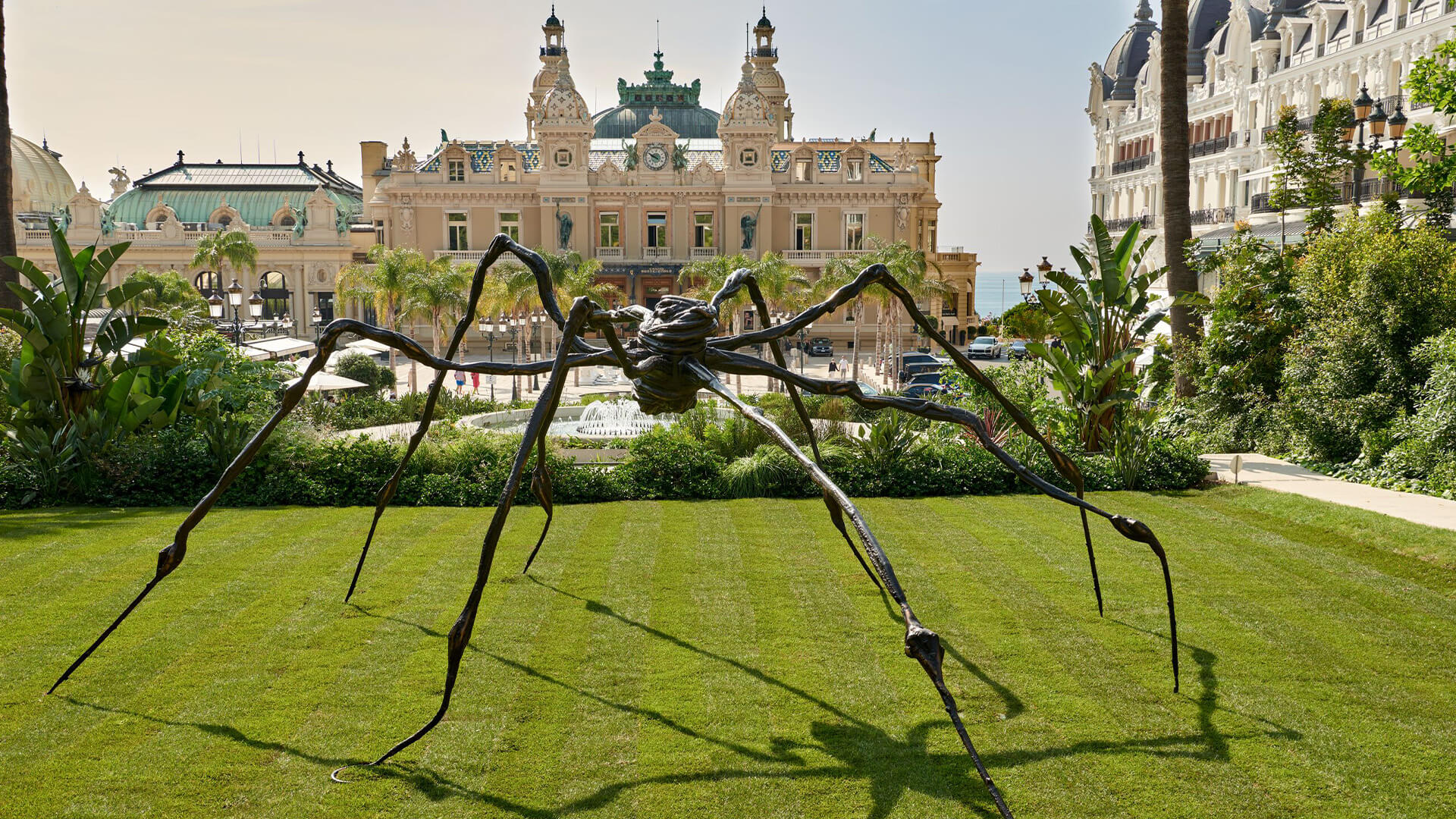
On view in Monaco
‘Bodily Abstractions / Fragmented Anatomies’ is on view now through 30 Apr 2022 at Hauser & Wirth Monaco.
About the Artists
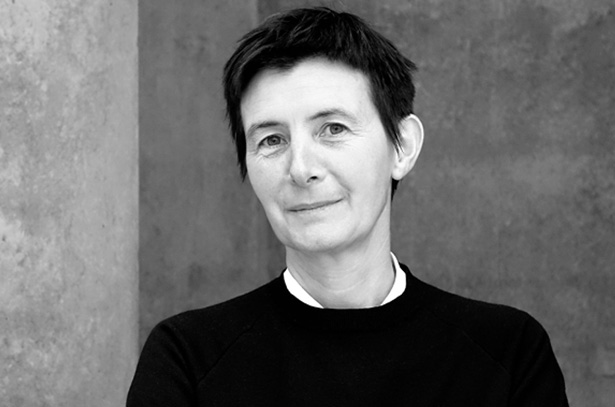
Berlinde De Bruyckere
Working with casts made of wax, animal skins, hair, textiles, metal and wood, Berlinde De Bruyckere renders haunting distortions of organic forms. The vulnerability and fragility of man, the suffering body—both human and animal—and the overwhelming power of nature are some of the core motifs of De Bruyckere’s oeuvre.

Lorna Simpson
Born in Brooklyn, Lorna Simpson came to prominence in the 1980s with her pioneering approach to conceptual photography. Simpson’s early work—particularly her striking juxtapositions of text and staged images—raised questions about the nature of representation, identity, gender, race and history that continue to drive the artist’s expanding and multi-disciplinary practice...

Anna Maria Maiolino
Anna Maria Maiolino is one of the most significant artists working in Brazil today. Born 1942 in Italy, Maiolino’s practice expresses a concern with creative and destructive processes. Working across a wide range of disciplines and mediums—spanning drawing, printmaking, poetry, film, performance, installation and sculpture—Maiolino relentlessly explores notions of subjectivity...
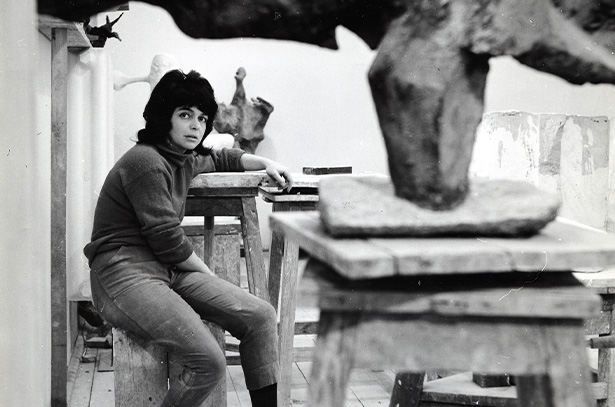
Alina Szapocznikow
Born in Poland to a Jewish family in 1926, Alina Szapocznikow survived internment in concentration camps during the Holocaust as a teenager. Immediately after the war, she moved first to Prague and then to Paris, studying sculpture at the École des Beaux Arts. In 1951, suffering from tuberculosis, she was...

Eva Hesse
Born in Hamburg Germany in 1936, Eva Hesse is one of the icons of American art of the 1960s, her work being a major influence on subsequent generations of artists. Comprehensive solo exhibitions in the past 50 years, as well as a retrospective that toured from the San Francisco Museum...
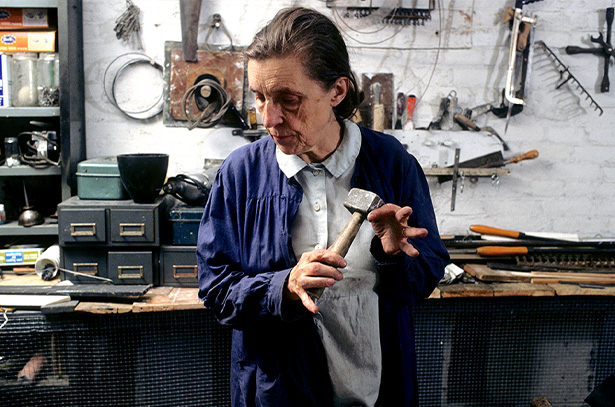
Louise Bourgeois
Born in France in 1911, and working in America from 1938 until her death in 2010, Louise Bourgeois is recognized as one of the most important and influential artists of the 20th Century. For over seven decades, Bourgeois’s creative process was fueled by an introspective reality, often rooted in cathartic...
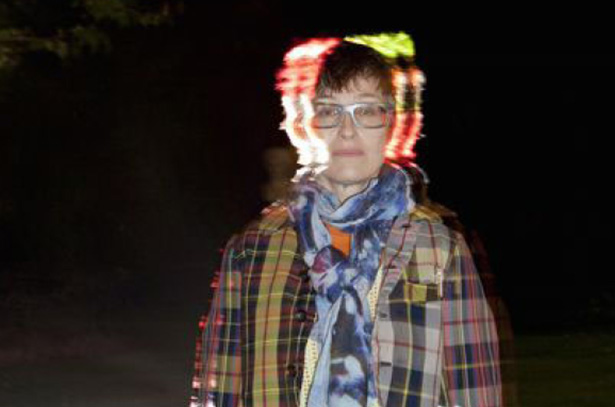
Pipilotti Rist
Pipilotti Rist, a pioneer of spatial video art, was born 1962 in Grabs in the Swiss Rhine Valley on the Austrian Border and has been a central figure within the international art scene since the mid-1980s.
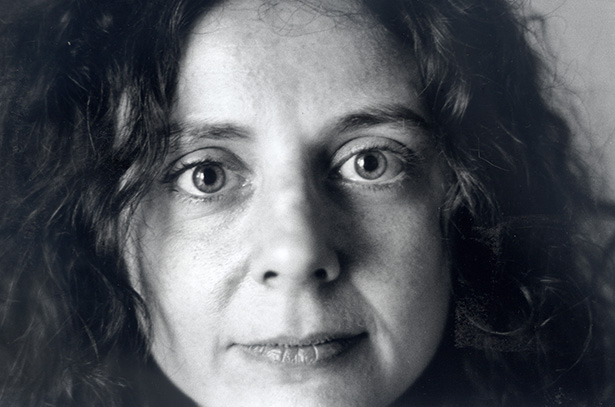
Lee Lozano
Lee Lozano’s paintings are admired for their energy, daring physicality and tirelessness in investigating the body and issues of gender. Although lauded by Lucy Lippard in 1995 as the foremost female conceptual artist of her time, Lozano had disengaged herself from the New York art world completely by the early...
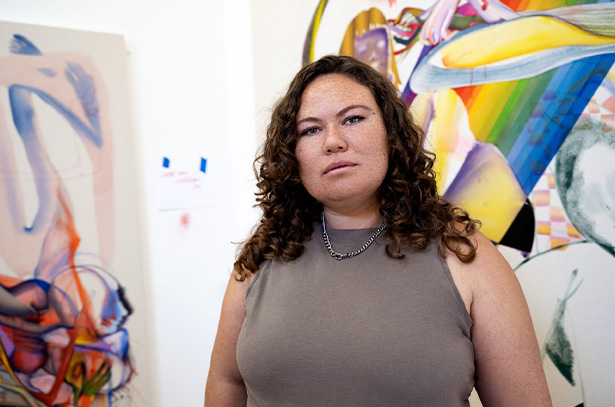
Christina Quarles
Christina Quarles (b. 1985) is a Los Angeles-based artist, whose practice works to dismantle and question assumptions and ingrained beliefs surrounding identity and the human figure. Born in Chicago and raised by her mother in Los Angeles, Quarles took art classes from an early age. She developed a solid foundation...
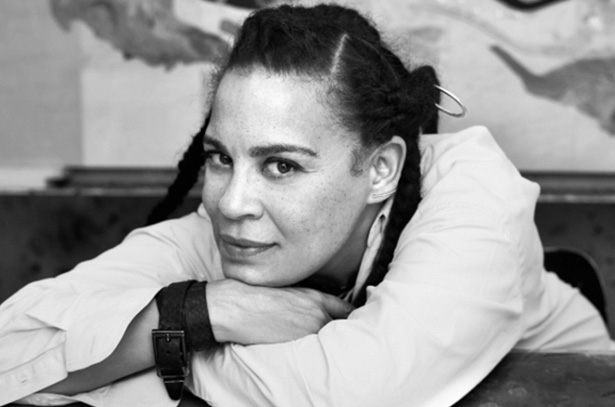
Ellen Gallagher
Born in Providence, Rhode Island, Ellen Gallagher lives and works between Rotterdam, Netherlands and New York. Gallagher builds multi-layered paintings that pivot between the natural world, mythology and history. Her painting process involves undoing and reforming trains of thought often over long periods of time and across linked bodies of...
Inquire about available works
‘Bodily Abstractions / Fragmented Anatomies’ is on view now through 30 Apr 2022 at Hauser & Wirth Monaco.
Current Exhibitions
1 / 9
